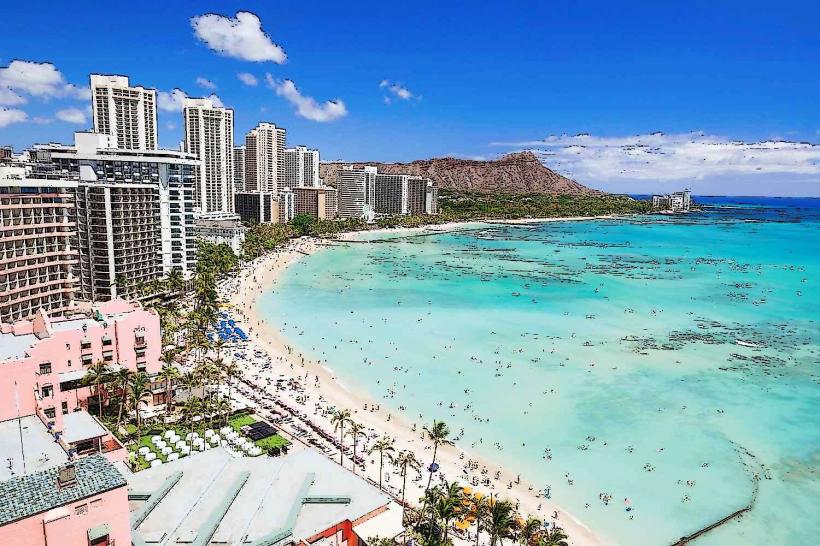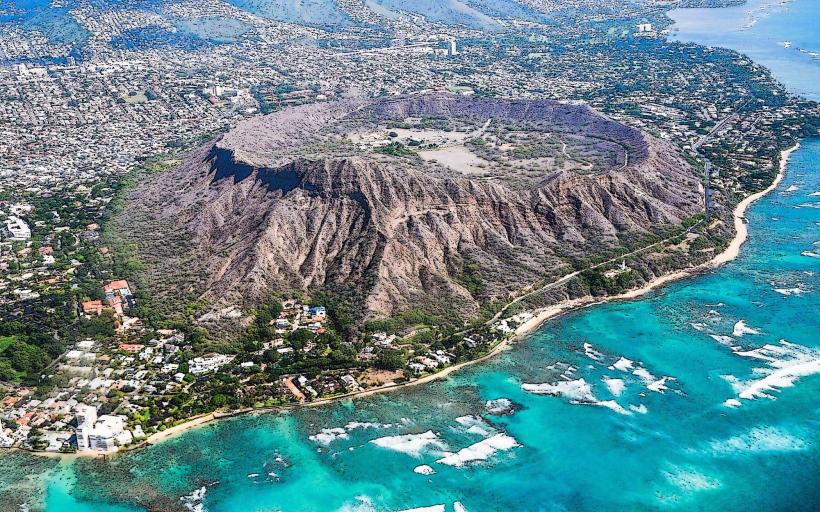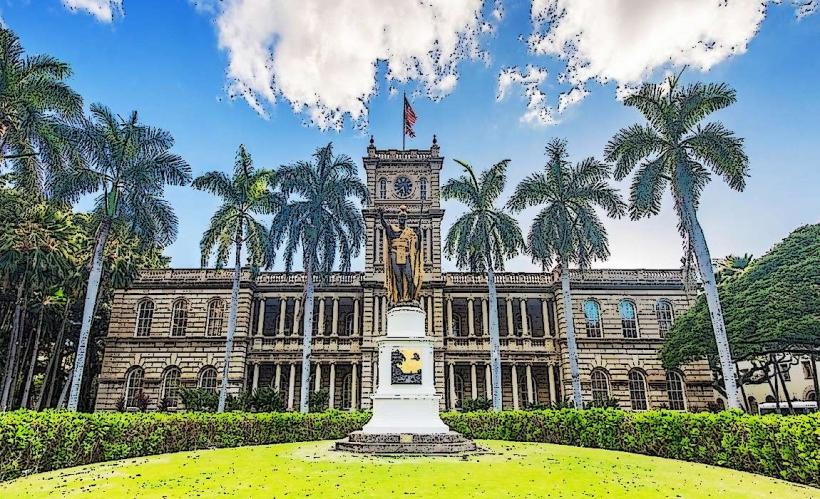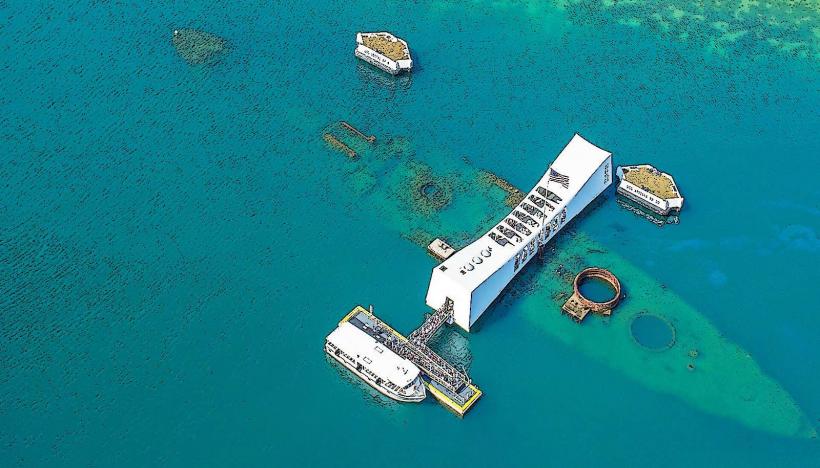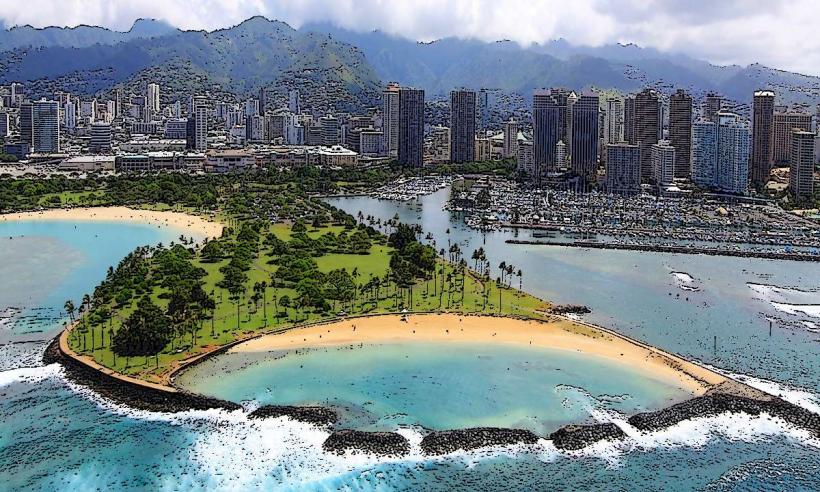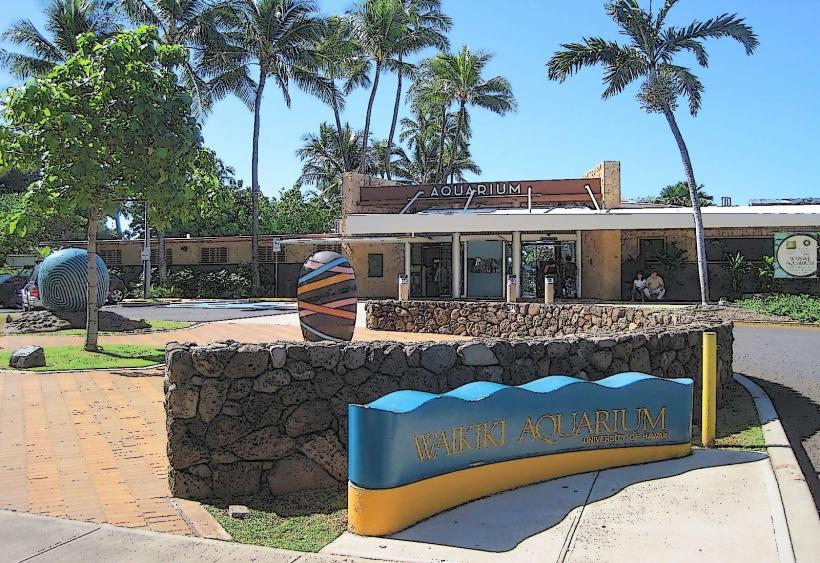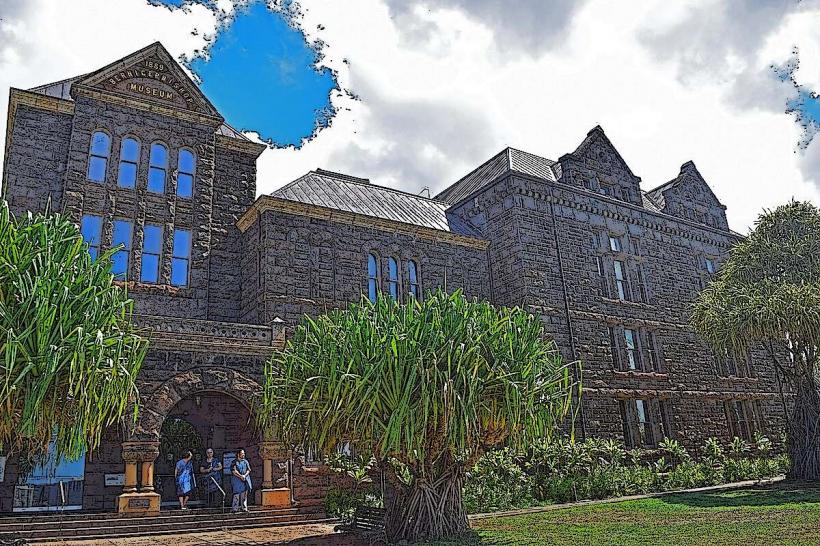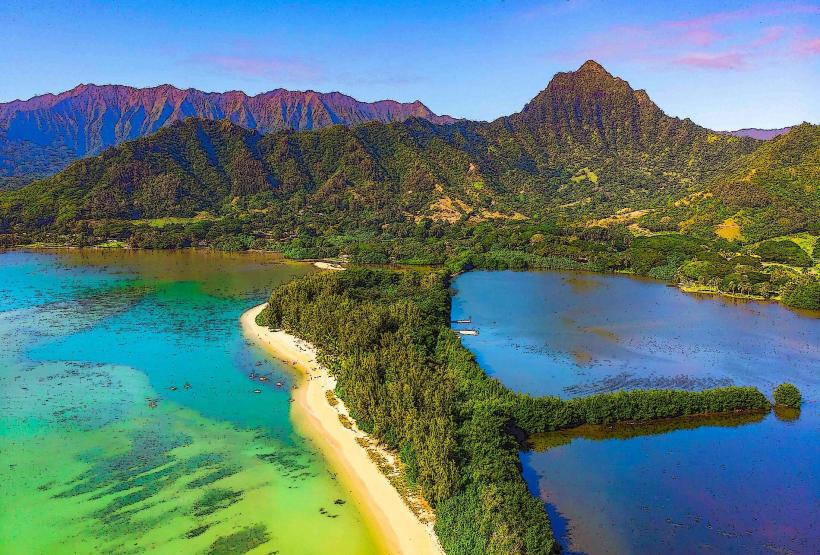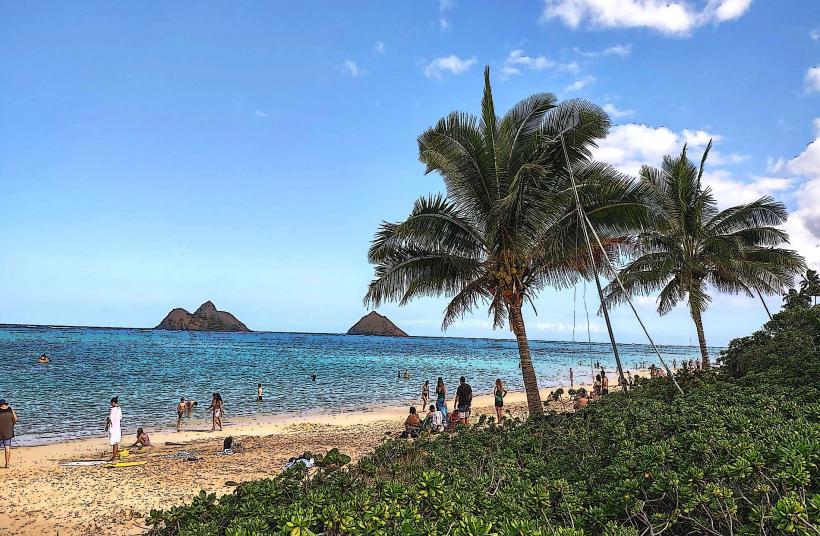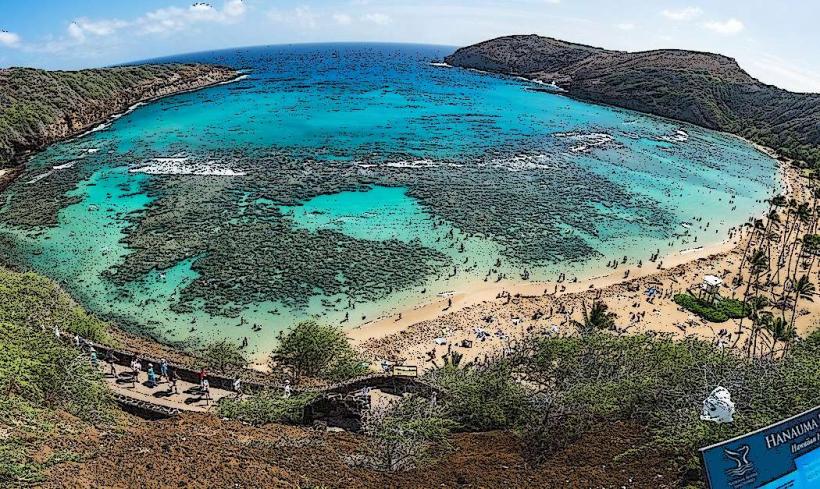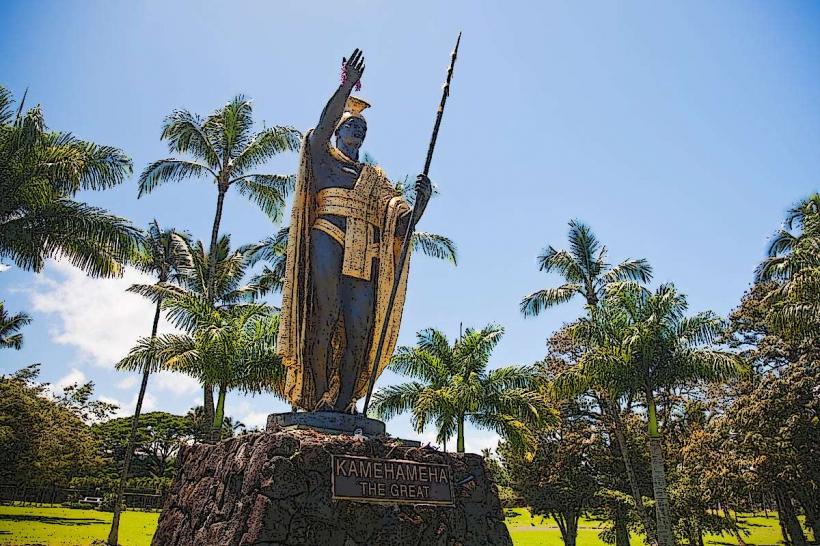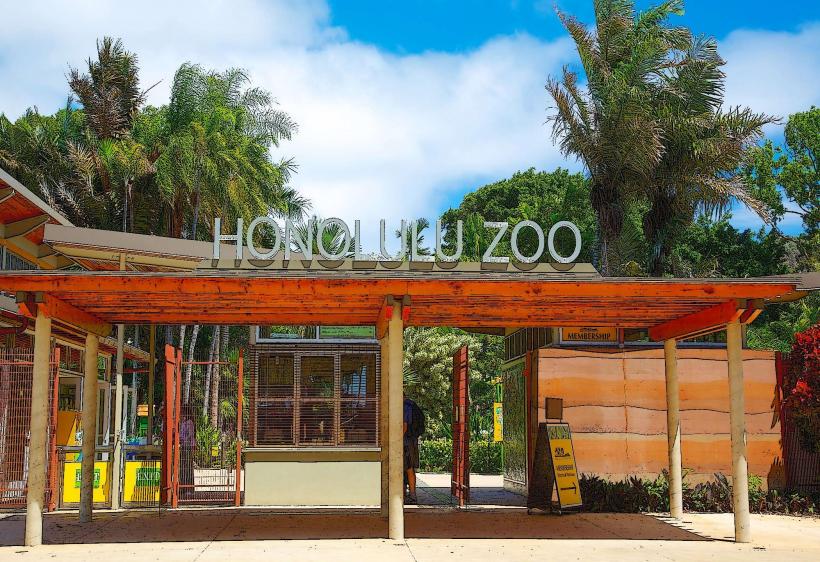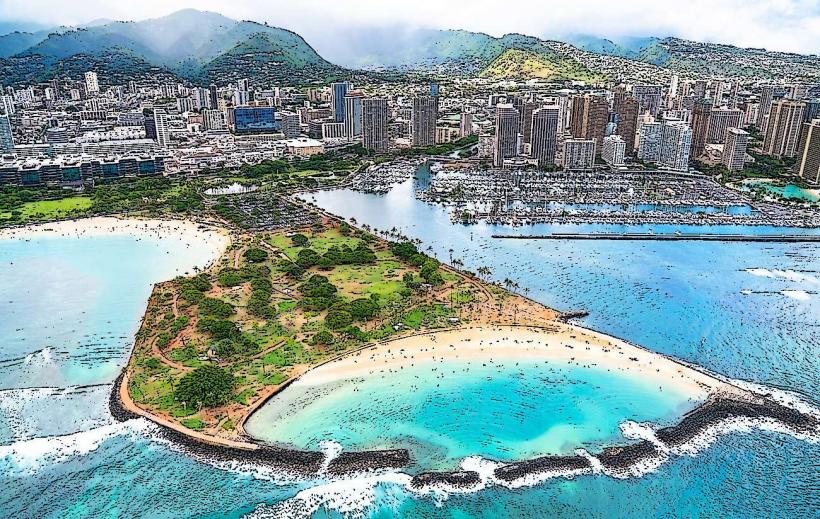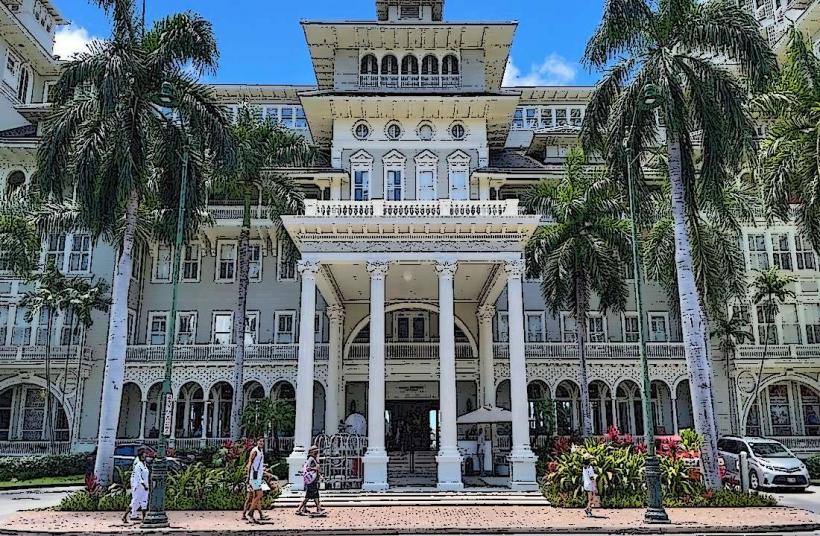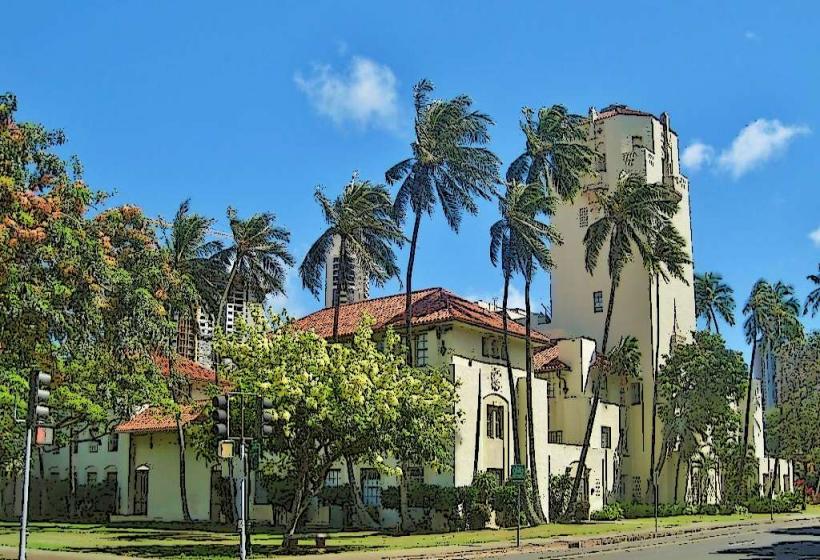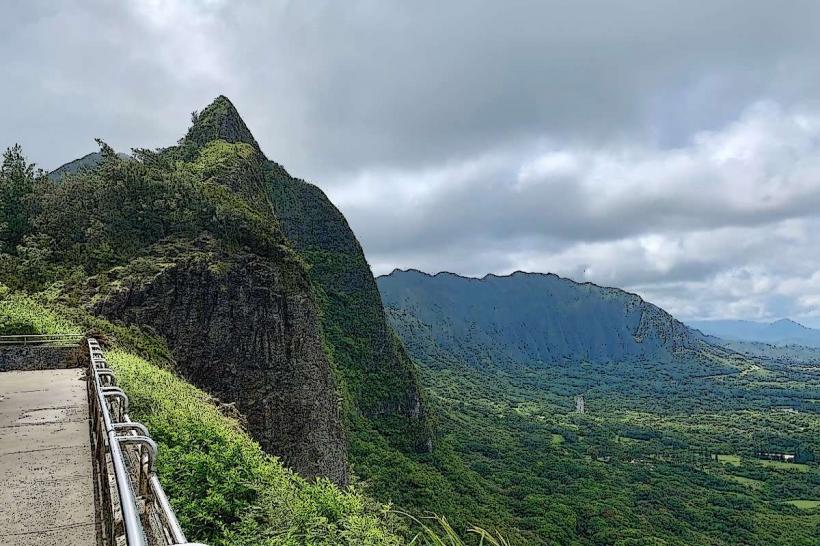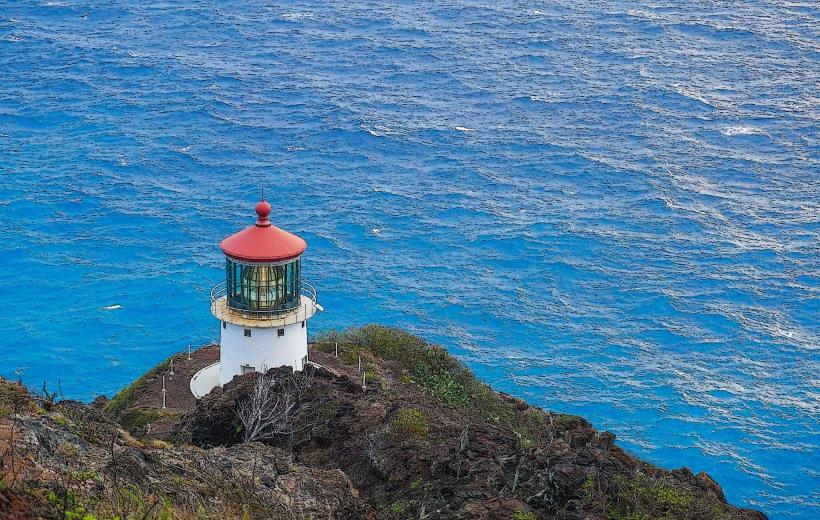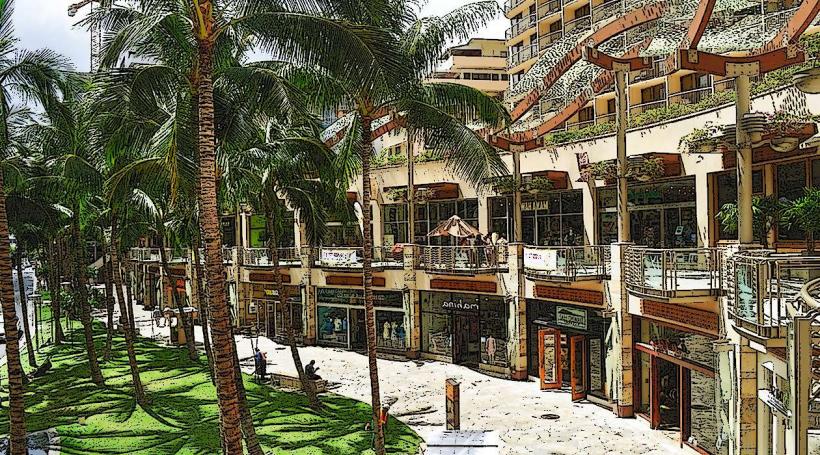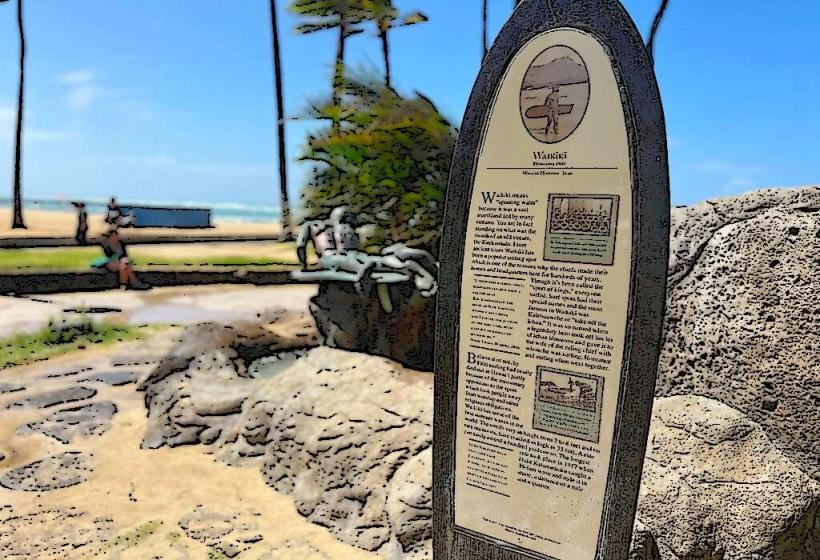Information
Landmark: Hanauma BayCity: Honolulu
Country: USA Hawaii
Continent: North America
Hanauma Bay is one of Hawaii’s most renowned natural attractions, located on the southeast coast of Oʻahu. Known for its crystal-clear waters, vibrant coral reefs, and abundant marine life, it is a must-visit destination for snorkeling, swimming, and marine conservation education.
Formation and Geography
- Volcanic Origin: Hanauma Bay is a volcanic crater formed approximately 32,000 years ago. The crater’s seaward rim collapsed, allowing ocean water to fill the area, creating a crescent-shaped bay.
- Location: Situated about 10 miles east of Waikiki, it is part of the Hanauma Bay Nature Preserve.
- Natural Beauty: The bay features turquoise waters, a sandy beach, and lush greenery backed by steep volcanic cliffs.
Marine Life
Hanauma Bay is a protected marine life conservation district, teeming with over 400 species of fish, including:
- Humuhumunukunukuāpuaʻa: Hawaii’s state fish, also known as the reef triggerfish.
- Parrotfish: Recognizable by their vibrant colors and beak-like teeth.
- Hawaiian Green Sea Turtles (Honu): Often spotted grazing on algae along the reef.
- Coral Reefs: The bay is home to several species of coral, providing habitat and food for marine life.
History
- Name Origin: "Hanauma" means "curved bay" in Hawaiian, describing its crescent shape.
- Cultural Significance: The bay was historically used by Hawaiian royalty for fishing and recreation.
- Conservation Efforts:
- Declared a marine life conservation district in 1967.
- In the 1990s, extensive efforts were made to reduce human impact and preserve its delicate ecosystem.
Visiting Hanauma Bay
Hanauma Bay is highly regulated to ensure the preservation of its natural environment. Here’s what visitors should know:
Hours and Entry:
- Open: Wednesday through Sunday (closed Monday and Tuesday for conservation).
- Reservations: Required for all visitors except Hawaii residents. Reservations can be made online.
- Fees:
- Admission fee for non-residents (children under 12 and residents enter free).
- Parking fee for vehicles.
Educational Video:
- Before entering the bay, all visitors must watch an educational video about:
- Marine life protection.
- Responsible snorkeling practices.
- The fragile nature of coral reefs.
Facilities:
- Restrooms, showers, and a small snack bar are available.
- Equipment rental for snorkeling gear can be found on-site.
Snorkeling at Hanauma Bay
- Best Time: Early morning for calm waters and fewer crowds.
- Snorkeling Zones:
- Inner Reef: Shallow and ideal for beginners.
- Outer Reef: Deeper waters for experienced snorkelers, offering encounters with larger fish and coral formations.
- Tips:
- Do not touch or step on coral reefs—they are living organisms and highly sensitive.
- Avoid feeding fish or disturbing marine life.
- Use reef-safe sunscreen to protect the delicate ecosystem.
Conservation Measures
- Hanauma Bay's ecosystem is closely monitored and maintained:
- Daily visitor limits are enforced to reduce overcrowding.
- Bi-weekly closures allow the marine environment to recover.
- Educational programs promote awareness and encourage eco-friendly practices.
Nearby Attractions
- Koko Head Crater Trail: A challenging hike offering panoramic views of Hanauma Bay and the surrounding area.
- Makapuʻu Lookout: A scenic point just a short drive away, perfect for whale watching during the winter months.
- Halona Blowhole: A natural geyser-like feature along the coast.
Fun Facts
- Hanauma Bay was featured in films like Blue Hawaii (1961) starring Elvis Presley.
- The bay sees over 800,000 visitors annually, making it one of Oʻahu’s most visited natural sites.
- In 2021, Hanauma Bay became the first U.S. Marine Life Conservation District to require mandatory reservations for non-residents.
Hanauma Bay is a testament to Hawaii’s dedication to balancing tourism with environmental stewardship. Its breathtaking scenery and thriving marine ecosystem make it a must-see destination, offering visitors an unforgettable experience while highlighting the importance of conservation.

